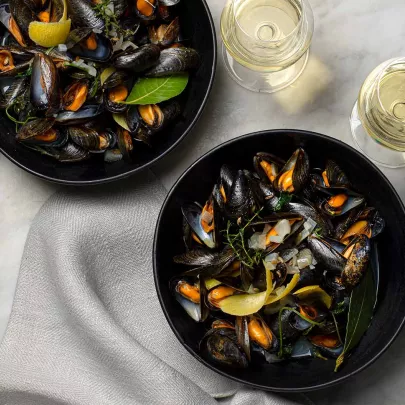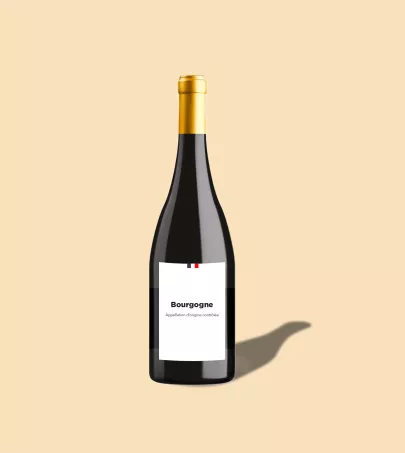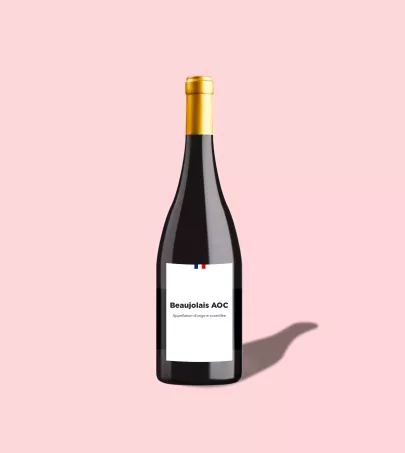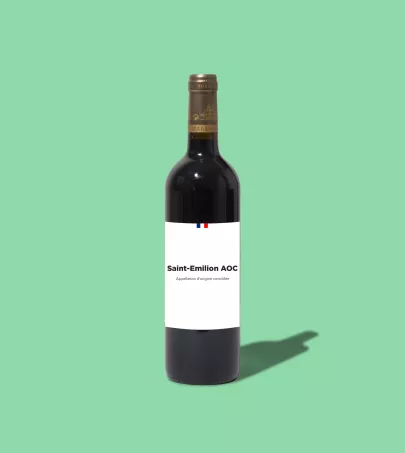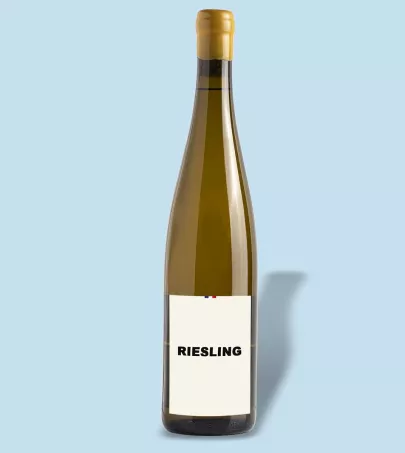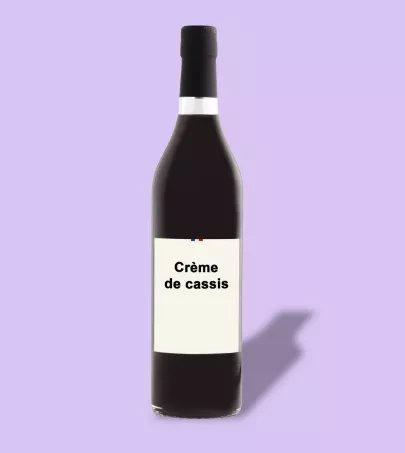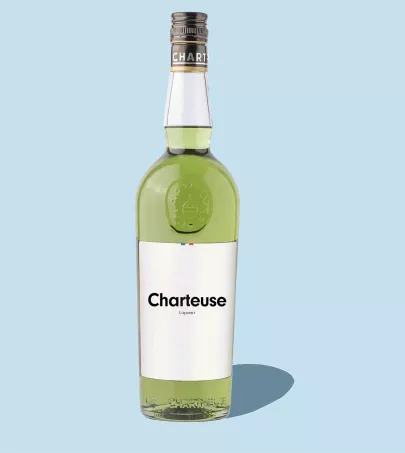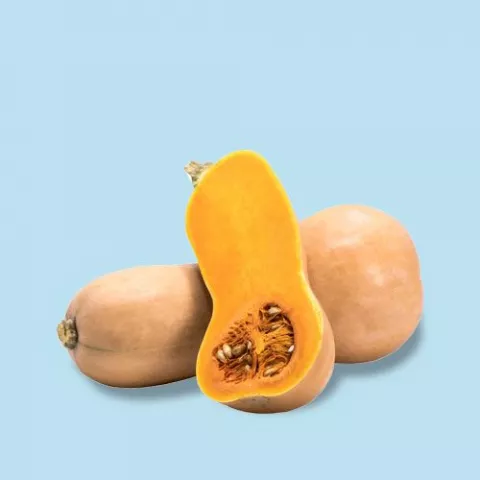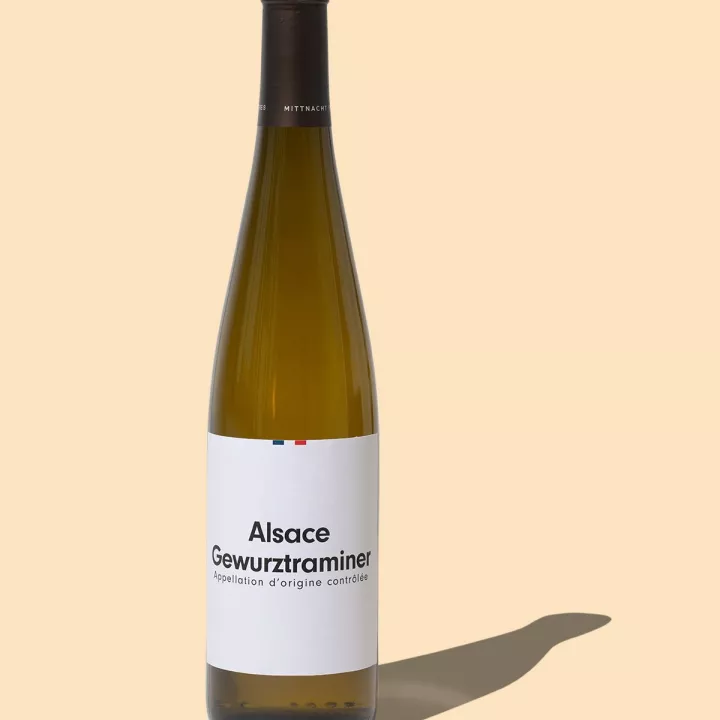
Alsace Gewurztraminer PDO
Grand Est
Whether categorized as dry, vendage tardive, or Sélection de Grains Nobles, Alsace Gewurztraminer AOP wine stands out for its incredibly rich aromas, which are the product of a specific varietal grown in a specific terroir.
What you need to know
Alsace Gewurztraminer PDO is named after the varietal used to make the wine. Alsace Gewurztraminer is closely related to savagnin and grows in small clusters of small, pink, and thick-skinned grapes. It first came to the region in the Middle Ages and accounts for 20% of Alsace’s vineyards. “Gewurz” means spicy, and “traminer” is the name of a varietal. The semi-continental climate, with its cold winters, sunny fall seasons, and limited precipitation, offers the gewurztraminer grape ideal growing conditions. The wine is produced on almost all of the vineyards in Alsace.
The wine’s label indicates whether or not it is made from Grand Cru grapes. These terroirs were established by the INAO in 2011 based on precise climatological and geological criteria. The grapes are primarily used to make dry wines that are incredibly aromatic. In fact, no fewer than 500 different aromatic compounds have been identified in this type of wine. The “vendange tardives” designation refers to grapes that are allowed to over-ripen and are harvested late. This causes sugar to concentrate in the grapes, which are then used to make dessert wine. Sélection de Grains Nobles refers to grapes that are gradually harvested after they become affected by noble rot (botrytis cinerea). These sweet wines are even more aromatic and extremely refined.
Characteristics
Smell
Look
Taste
How to use
Tasting Tips
Opt for a footed wine glass that narrows near the top to concentrate the aromas. This type of wine is often enjoyed over happy hour, but it also pairs well with a number of Alsatian specialties, including foie gras, as well as richly spiced international dishes.
Pair with
Savory: Foie gras, Muenster, Roquefort, onion tart
Sweet: Kouglof, fruit tart, exotic fruit salad

